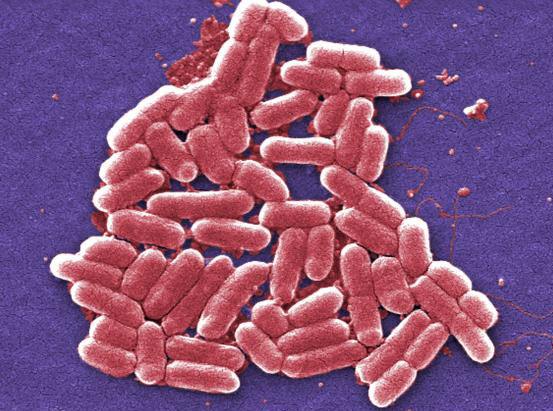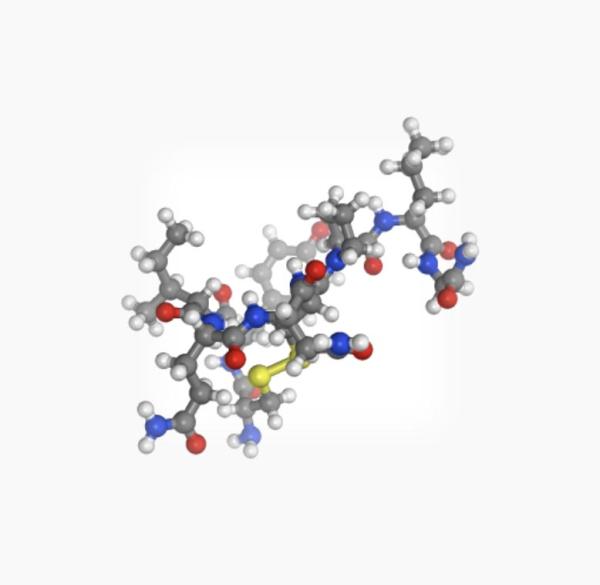Overturning the Orthodoxy About the Brain’s Stress Chemical
IRP Researchers Discover Unexpected Stress-Blunting Effects of Some Neurons
The past few years have not been easy for anyone. With world events like the COVID-19 pandemic and the war in Ukraine causing everyone to worry, it’s no surprise that during this April’s annual Stress Awareness Month observance, so many people experienced high levels of stress and anxiety. While stress management techniques and talk therapy may help some people, nearly 10 million Americans need prescription anti-anxiety drugs to quell those feelings.
One important target for anti-anxiety medications is norepinephrine, a chemical released by certain neurons in the brain. Norepinephrine — also known as noradrenaline — has traditionally been considered to be a ‘stress chemical’ that triggers anxiety. However, drugs designed to target the neurons that produce it don’t always work as predicted. That’s why IRP senior investigator Patricia Jensen, Ph.D., and her colleagues in the Developmental Neurobiology Group at the National Institute of Environmental Health Sciences (NIEHS) are delving deep into the mouse brain to better understand these neurons and what exactly they do.







